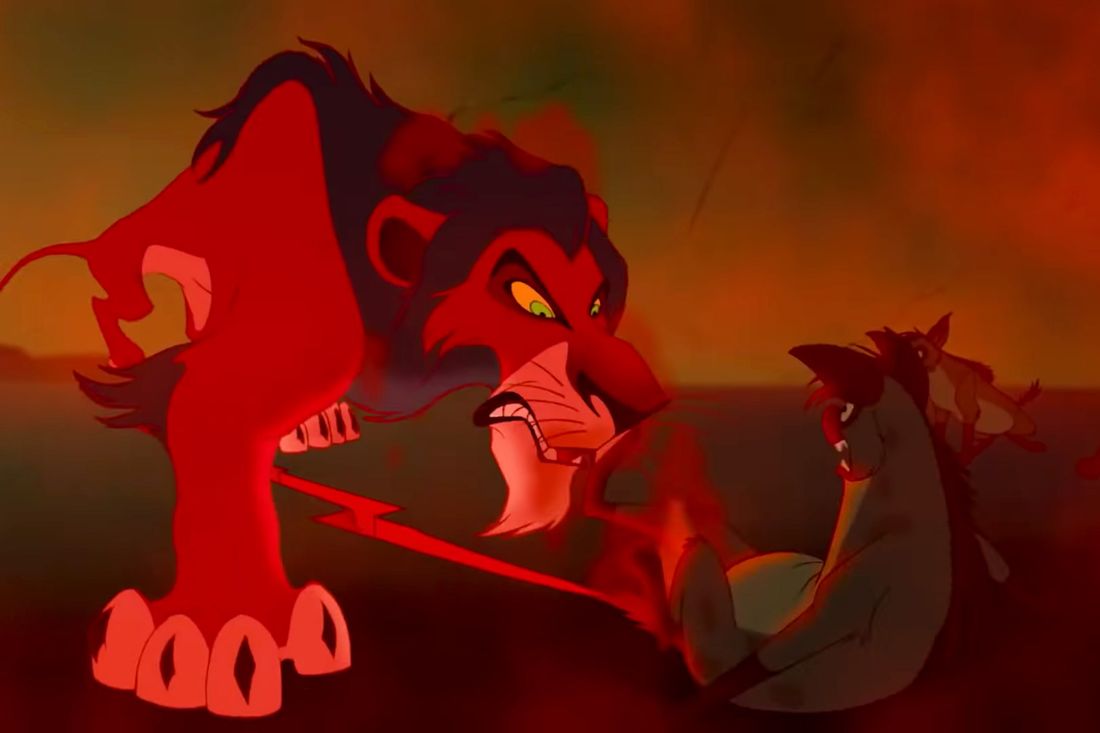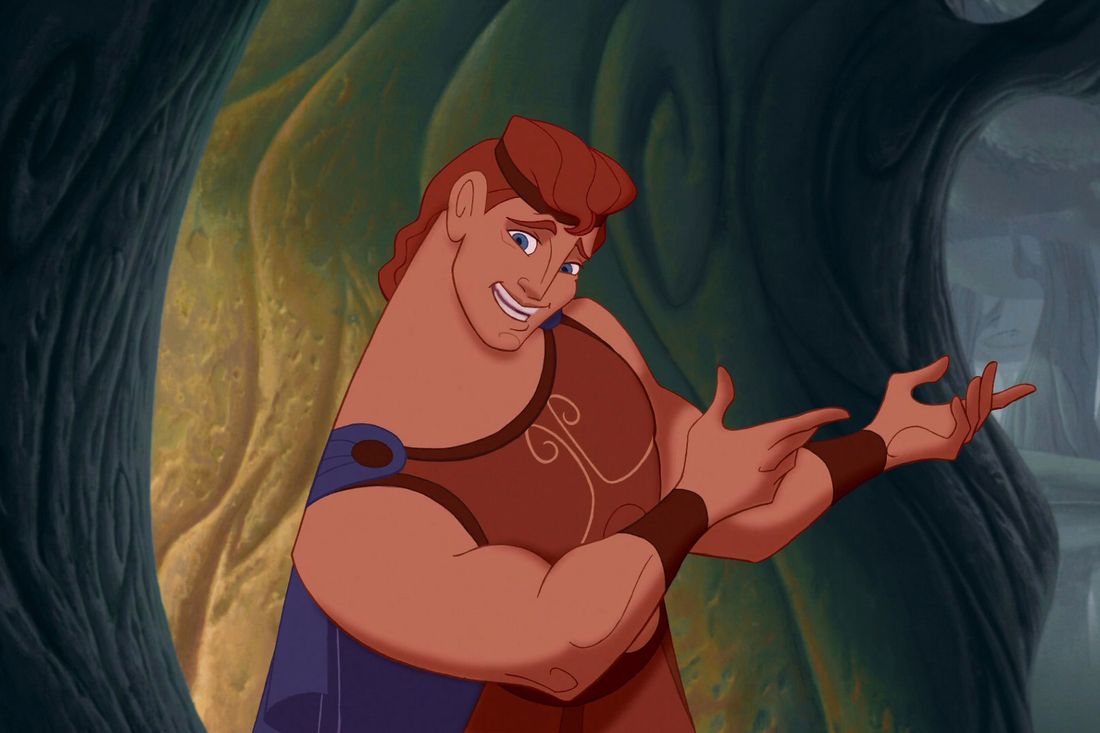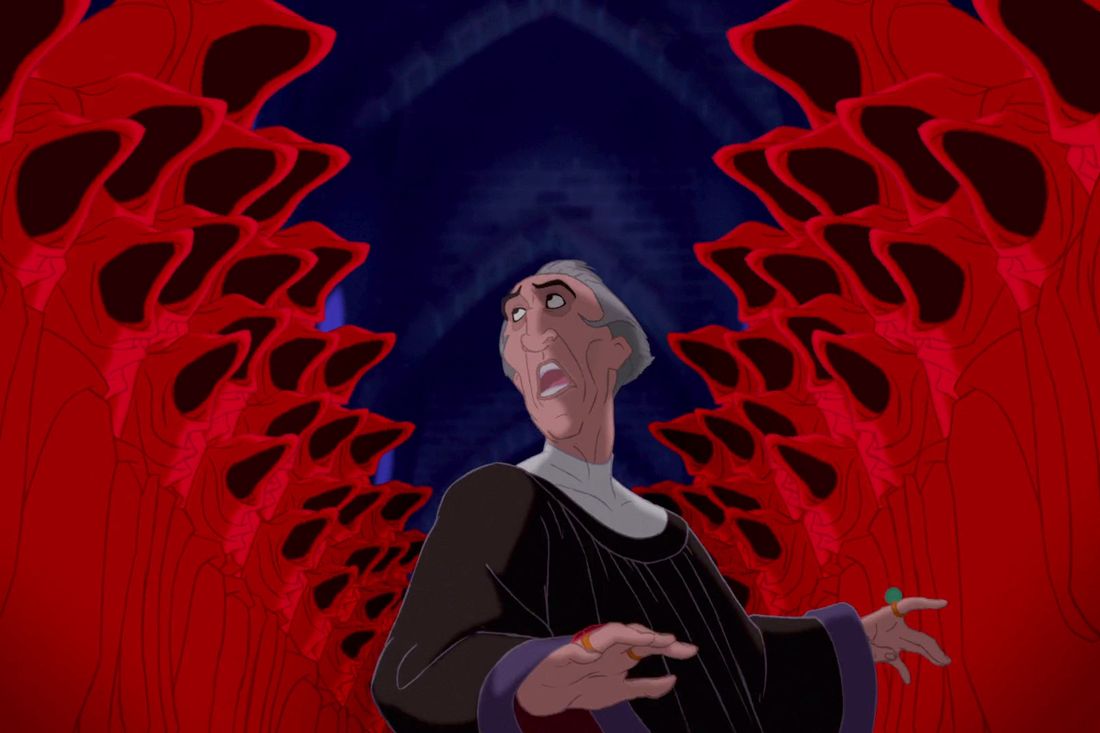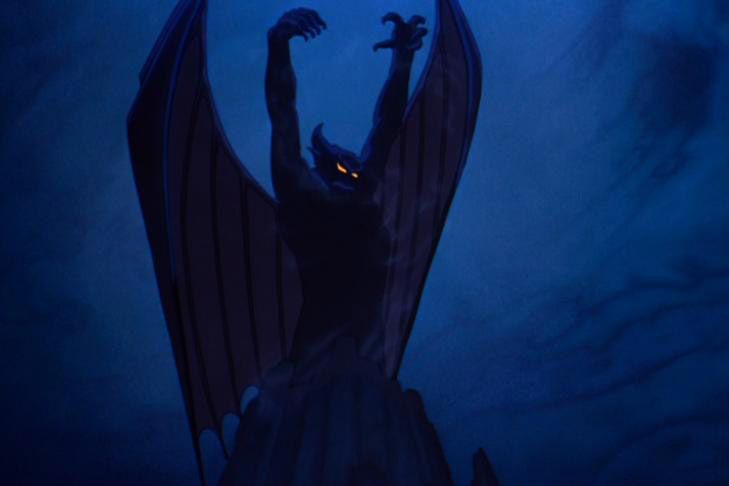
As a longtime admirer of animated films and an avid student of their history, I can’t help but feel a deep sense of nostalgia and appreciation for the hand-drawn form. Having grown up watching Disney classics like “Snow White,” “Cinderella,” and “Pinocchio,” I was captivated by the raw, human vitality that seemed to emanate from each frame. The knowledge that an artist’s hand had brought these magical worlds to life was awe-inspiring.
Around the middle of 2019’s photorealistic adaptation of “The Lion King” by Jon Favreau, I was struck with a deep sense of sadness. There I sat, watching two lions appear lifelessly playful on the screen, in what seemed like an average clip from a wildlife documentary. The melody of “Can You Feel the Love Tonight” echoed through the speakers, oblivious to the fact that this scene was supposed to take place under the sun. Favreau’s creation had pushed the boundaries of possibility – digital animals so authentic they seemed real. However, in accomplishing this feat, it made me realize what was conspicuously absent from this modern rendition of “The Lion King”: Lines, colors, character, warmth, and magic. All I could yearn for at that moment was a splash of hand-drawn animation.
During the late 1980s and early ’90s, hand-drawn animation, meticulously created by large teams of animators, played a significant role in growing the Walt Disney Company’s empire and reviving it after a slump. However, towards the early 2000s, this traditional form of animation seemed to fade away at Disney. Some argue that the massive success of “The Lion King” in 1994, which remains the highest-grossing animated film ever, contributed to hand-drawn animation’s decline. In the aftermath of this groundbreaking movie’s triumph, Disney executives became more competitive with their releases. They divided their animation department and set shorter deadlines. They also produced low-budget direct-to-video sequels to popular titles like “The Lion King 2: Simba’s Pride,” which weakened the brand. Meanwhile, other Disney-related companies flourished with computer-animated productions. Pixar Animation Studios released its first hit, “Toy Story,” in 1995, and within a decade, it would have “Monsters, Inc,” “Finding Nemo,” and “The Incredibles” under its belt.

As a movie reviewer, I’ve noticed an intriguing shift in the animation industry. According to Amid Amidi, publisher and editor-in-chief of Cartoon Brew, Pixar was thriving while Disney films were lagging behind. The reason for Disney’s struggles, Amidi explains, wasn’t due to the inherent inferiority of hand-drawn animation. Instead, it was a result of mismanagement at the top.
As a film enthusiast, I’ve always had a soft spot for hand-drawn animation. But by the mid-2000s, it seemed like this art form was on its last legs. That all changed when Disney bought Pixar in 2006. As part of the deal, Pixar co-founders John Lasseter and Ed Catmull were brought on board to lead Disney’s feature animation division. They saw the potential in hand-drawn animation and hired back two legendary directors, Ron Clements and John Musker, who had previously created beloved classics like “The Little Mermaid” and “Aladdin.” Together they worked on “The Princess and the Frog,” which was released in 2009. Unfortunately, the film didn’t recoup its cost and the resurgence of hand-drawn animation turned out to be brief. Disney’s last hand-drawn film was “Winnie the Pooh,” which came out in 2011. In March 2013, CEO Bob Iger announced that there were no 2-D features in development at the company. About a month later, Disney’s hand-drawn animation division was dismantled and many long-time veterans were let go. It was a sad day for those of us who cherish the unique beauty and charm of hand-drawn animation.
According to the common belief, producing traditional animation had grown too expensive. However, as Josh Spiegel, a critic and Disney historian, argues, this is merely a justification. While “The Princess and the Frog” had a production budget of $105 million, this was still less than what Pixar spent on movies like “WALL-E,” “Up,” and “Toy Story 3.” Yet, these Pixar films earned substantial revenues. Similarly, Disney’s own subsequent productions, such as “Frozen” and “Tangled,” which initially were planned as hand-drawn projects, also generated significant profits. With both Disney and Pixar’s 3D animated features raking in massive box office collections, there appears to be no incentive for Disney to revert back to the traditional format.
If Disney continues producing live-action remakes, as indicated by the success of last year’s “Lion King,” you might find yourself longing for the charm of hand-drawn animation. Consider Favreau’s film as an example; despite its impressive realism, it lacks the emotional depth found in traditional animation. While Pixar has produced countless classics, none have matched the heartfelt sincerity and closeness of films like “Pinocchio,” “Dumbo,” or “Beauty and the Beast.”

I’ve always been captivated by the extraordinary level of spectacle and showmanship in Disney films that goes beyond the ordinary. Even the most inventive 3-D animated productions haven’t managed to deliver the wild, unhinged excitement that I found in “The Lion King” during the “Be Prepared” sequence. With its marching hyenas and agitprop madness, it left me feeling completely spellbound. Similarly, “The Hunchback of Notre Dame” took my breath away with its “Hellfire” sequence, filled with swirling flames that seemed to come alive and an instantaneous appearance of hordes of towering red monks. These moments remain etched in my memory as unforgettable cinematic experiences.
Hand-drawn animation brings an ethereal, unscripted quality that infuses playfulness into the most eerie and absurd visuals. For instance, take a look at the “Friends on the Other Side” scene in The Princess and the Frog. With its whirlwind of levitating heads, exploding craniums, and menacing swirls of fire and mist, these images would either be overwhelmingly frightening or overly kitschy if rendered with weight or substance. Instead, presented as a lightweight, hand-drawn animation, it becomes an exhilarating, fleeting moment – a thought given form only to be retracted back into nothingness.
In a just manner, Disney has long been recognized for its breathtaking musical numbers, as seen in their more recent computer-animated films such as “Frozen” and “Moana.” However, these productions possess a greater sense of realism compared to their 2D counterparts. The allure of three dimensions lies in the fact that characters and objects have mass, form, and continuous existence, thereby enhancing the suspension of disbelief even when the stories are fantastical.
Instead of “Traditional animation, by contrast, has the line which shivers and shakes and strikes with the passion of the artist,” you could say “Traditional animation’s lines tremble and pulsate with the artist’s emotion.” Also, instead of “Somebody, we sense, created these pictures, and now the pictures are coming to life,” try “Each frame is imbued with the unique touch of a human hand, bringing the artwork to vivid life.” Additionally, for “Disney animator T. Hee once told a story about walking in on his colleague Bill Tytla while the latter was drawing the character of the Devil from the “Night on Bald Mountain” sequence of Fantasia,” you could say “T. Hee recalled an incident where he unexpectedly entered Bill Tytla’s workspace during the creation of the Devil character for “Fantasia” – Tytla’s intense focus and palpable enthusiasm were so powerful that Hee felt compelled to leave the room.”

The expression goes that when we watch live-action performances, we observe someone else living through an experience. Conversely, during animation viewing, we immerse ourselves in the experience itself. However, there are moments when we feel a human presence behind that experience. A prime example is Walt Disney, whose persona shone through in hand-drawn animation, even though he didn’t create many of his iconic characters himself. For instance, Mickey Mouse was mainly Ub Iwerks’ creation. However, the strong association between Walt and these creations stemmed from more than just marketing efforts. It also resulted from the personal connection formed by the audience with the cartoons, making Walt Disney an integral part of their existence. (It’s important to mention that other hand-drawn animators like Chuck Jones, Tex Avery, and Hayao Miyazaki gained recognition in their own right, demonstrating the power of individual expression within this medium.)
In the 1990s, when Jeffrey Katzenberg left Disney to create DreamWorks, he recruited numerous animators from his previous workplace. This triggered a wage war in the industry, with animators receiving increasingly high salaries. While they may have deserved the money, these inflated wages became an additional justification for letting go of employees when the films underperformed. Floyd Norman, a Disney and Pixar veteran (featured in the documentary “Floyd Norman: An Animator’s Life”), expressed it as follows: “Studios discovered that by adopting CG animation, they could dismiss all those expensive artists.” Essentially, the age of the multimillion-dollar animator had reached its end.
Today, contrary to popular belief, traditional animation continues to thrive beyond our shores and on television. Although Disney and many Hollywood studios have moved away from it, its popularity remains strong overseas. This is an encouraging sign: There’s a significant audience for hand-drawn shows and films, as proven by the global success of anime like “Your Name,” which earned over $350 million worldwide in 2017 with minimal revenue from the US. Viewers were likely just waiting for the right production to rekindle their interest in this art form. Or perhaps they’re eagerly anticipating a fresh take on classics like “The Lion King” and “Aladdin,” which have seen recent live-action adaptations.
Read More
- ACT PREDICTION. ACT cryptocurrency
- W PREDICTION. W cryptocurrency
- PENDLE PREDICTION. PENDLE cryptocurrency
- NBA 2K25 Review: NBA 2K25 review: A small step forward but not a slam dunk
- How to Handle Smurfs in Valorant: A Guide from the Community
- Valorant Survey Insights: What Players Really Think
- Why has the smartschoolboy9 Reddit been banned?
- Unlocking Destiny 2: The Hidden Potential of Grand Overture and The Queenbreaker
- ESO Werewolf Build: The Ultimate Guide
- Mastering Destiny 2: Tips for Speedy Grandmaster Challenges
2024-07-24 20:56